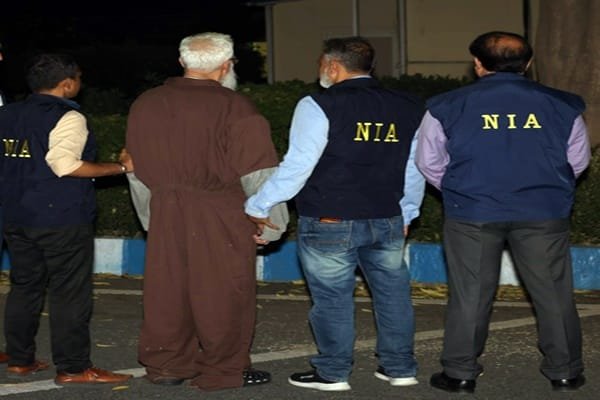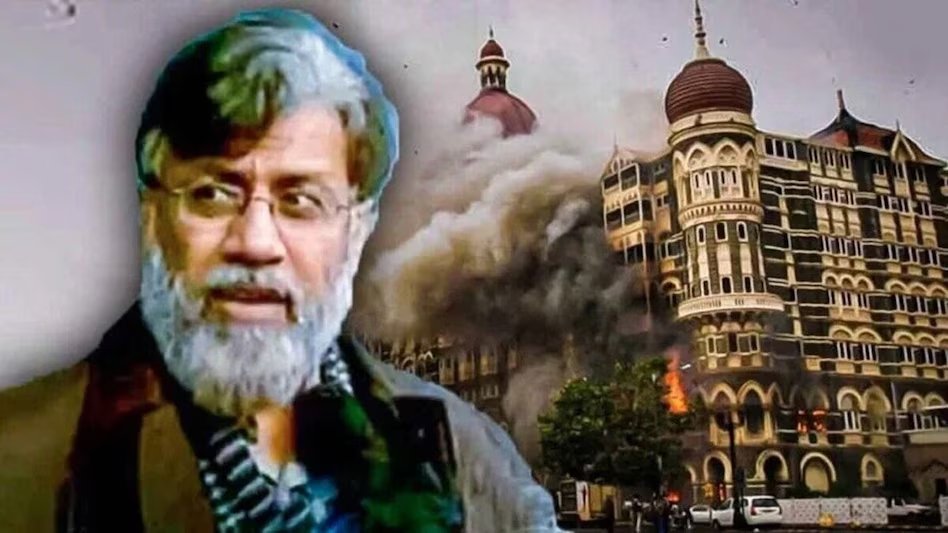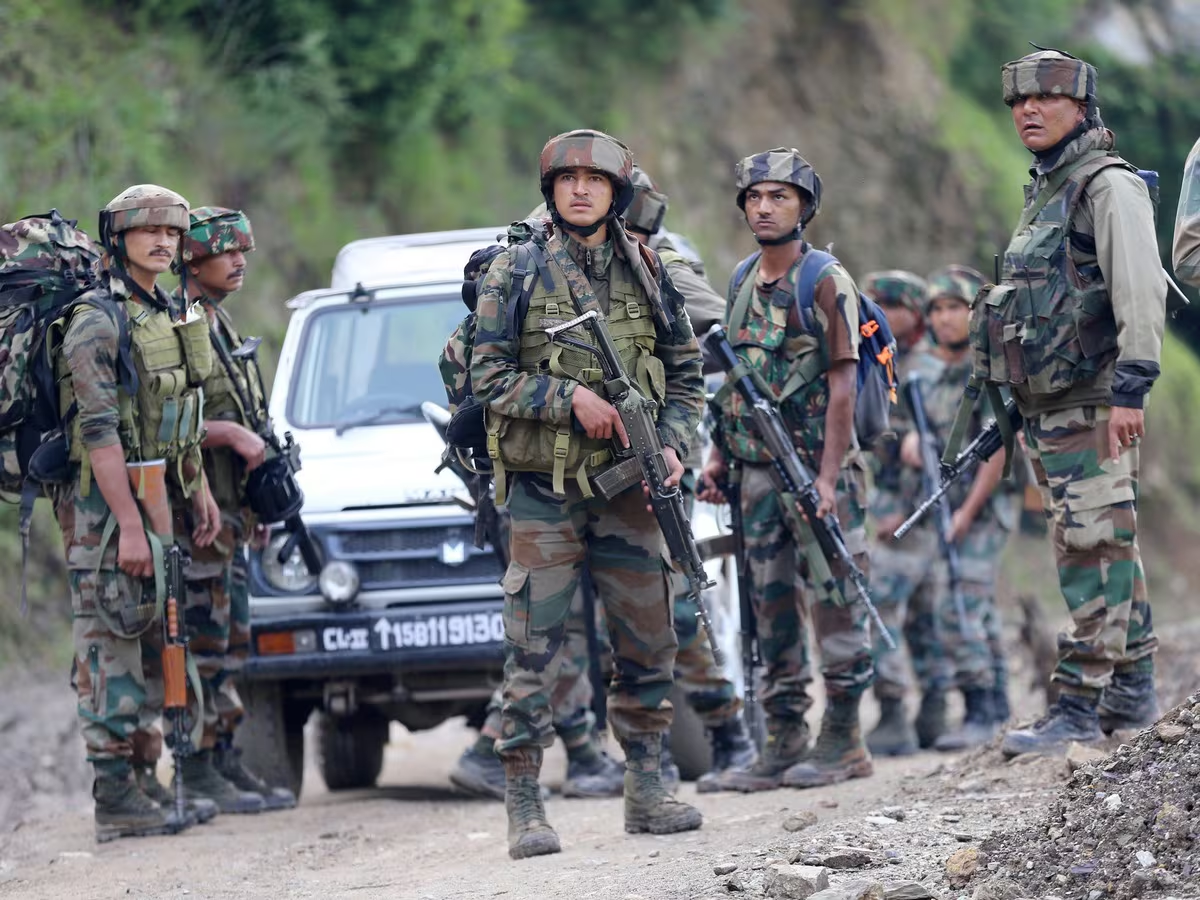In a landmark move, Tahawwur Hussain Rana, a key figure implicated in the 2008 Mumbai terror attacks, has been extradited from the United States to India. This development marks a pivotal moment in India’s ongoing efforts to bring perpetrators of the attacks to justice.

Background on Tahawwur Rana
Tahawwur Rana, a 64-year-old Pakistani-born Canadian businessman, was previously convicted in the U.S. for supporting the terrorist group Lashkar-e-Taiba (LeT). LeT is held responsible for orchestrating the 2008 Mumbai attacks that resulted in the deaths of 166 individuals. Rana’s conviction in 2011 also included charges related to a foiled plot targeting a Danish newspaper.
Extradition Process and Legal Proceedings
India formally requested Rana’s extradition in June 2020. After a series of legal battles, the U.S. Supreme Court denied his petition against extradition in January 2025. Subsequently, the extradition was executed, with Rana arriving in New Delhi on April 10, 2025.
Arrival and Custody in India
Upon arrival, Rana was taken into custody by the National Investigation Agency (NIA). Photographs released by the U.S. Department of Justice depict Rana shackled and being handed over to Indian authorities. He is currently under an 18-day NIA custody for detailed interrogation regarding his role in the 26/11 attacks.
Implications of the Extradition
This extradition is hailed as a significant diplomatic achievement for India, reflecting the nation’s commitment to pursuing justice for the victims of the Mumbai attacks. It also underscores the collaborative efforts between India and the U.S. in combating international terrorism.
The NIA’s interrogation aims to uncover further details about the conspiracy behind the 2008 attacks and potentially reveal more about the networks involved. This could lead to additional arrests and a deeper understanding of the events that transpired
The extradition of Tahawwur Rana represents a crucial step in addressing the long-standing quest for justice related to the 26/11 Mumbai attacks. It exemplifies the persistent efforts of Indian authorities and international cooperation in tackling global terrorism.


